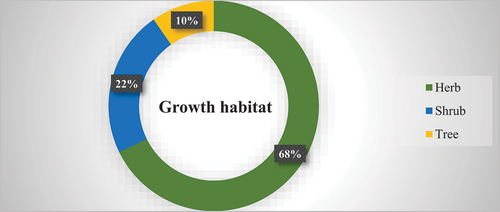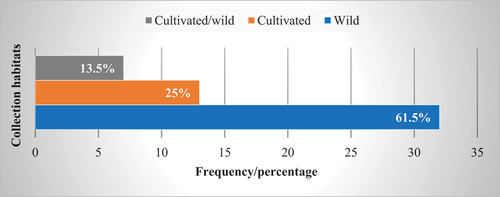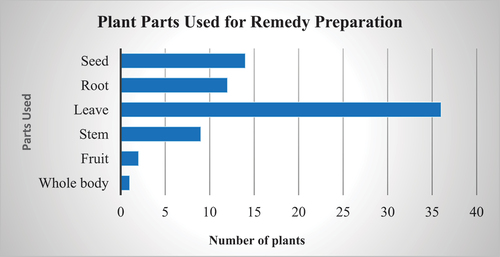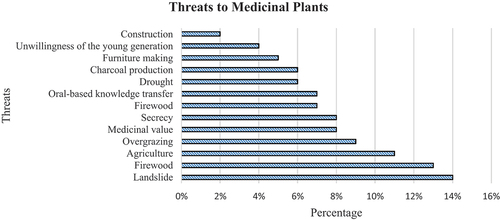Figures & data
Figure 1. The study area map, Wolaita zone, southern Nation, Nationalities, and Peoples regional state (SNNPR) of Ethiopia.
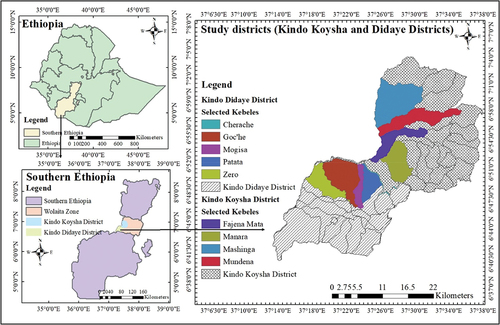
Table 1. Demographic characters of the study area
Table 2. Statistical test of knowledge among different groups of informants on average number of medicinal plants reported
Table 3. The diversity of medical plants used in traditional ethno-veterinary practices, their ways of preparation and utilization to relieve common livestock ailments in Kindo Koysha and Kindo Didaye districts, Wolaita zone, southern Ethiopia
Table 4. Direct matrix ranking of medicinal plants by informants (A-C) based on usage category
Table 5. Preference ranking of medicinal plants to treat blackleg
Table 6. The 17 most significant plant species’ cultural importance index (CI) and mean cultural importance index (mCI) for treating most commonly occurring of diseases



